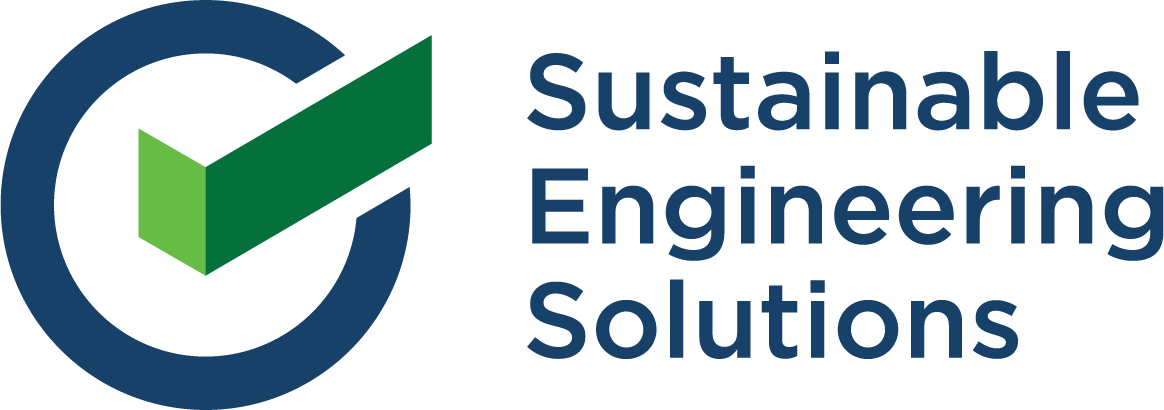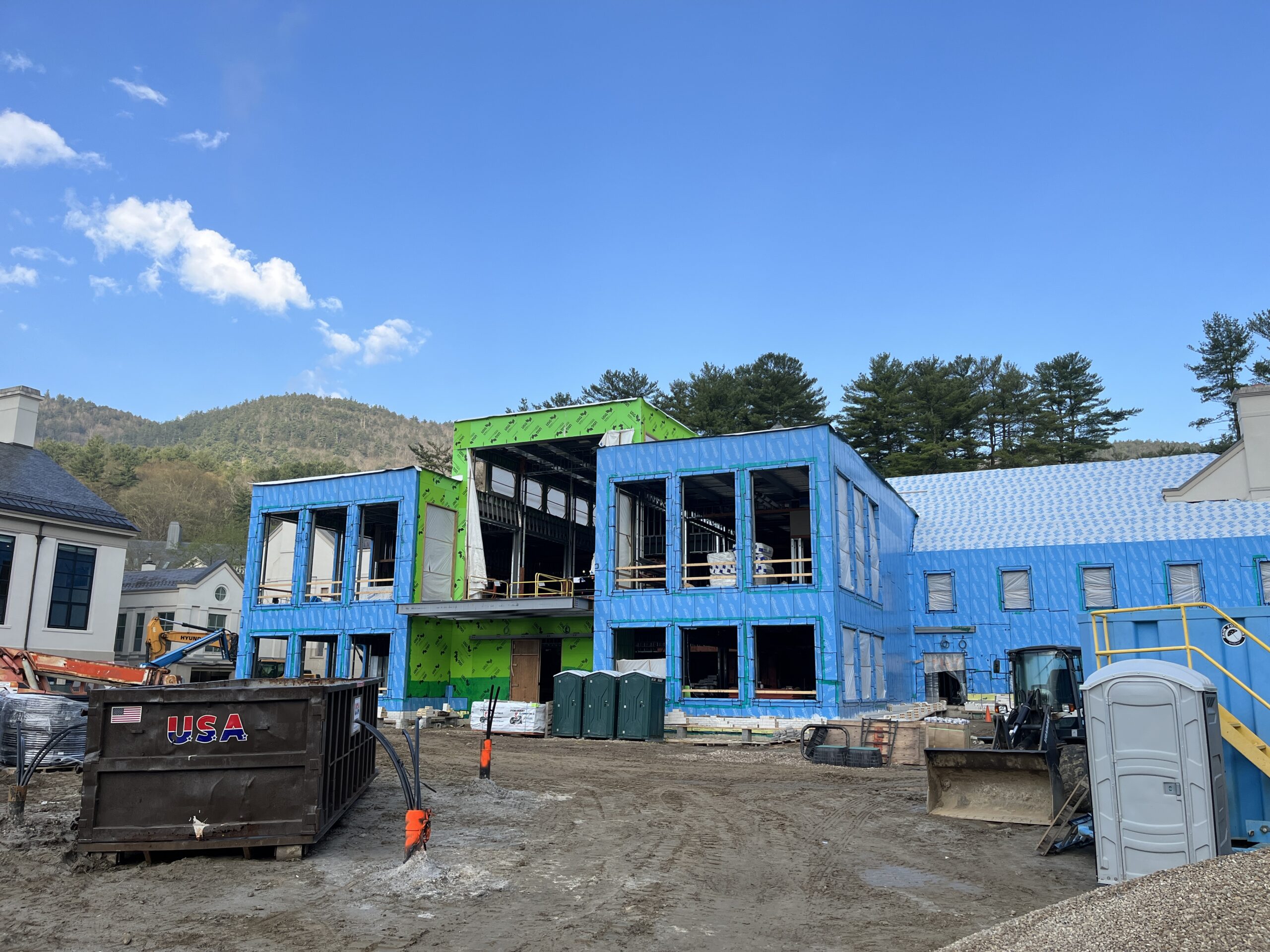After nearly three decades of leading building commissioning projects across commercial, healthcare, and education sectors, I’ve witnessed firsthand how regular site visits by the Commissioning Authority (CxA) of a project can dramatically improve project outcomes. Here are the five most impactful ways these visits deliver value to clients.
# 1. Early Issue Detection Prevents Costly Rework
The most expensive problems are those discovered after installation. During site visits, we catch installation issues before they become buried behind walls or above ceilings. Recently, on a hospital project, early visits identified incorrectly mounted VAV boxes that would have been inaccessible after ceiling installation. This early detection saved $50,000 in potential rework costs and prevented schedule delays.
# 2. Real-Time Coordination Enhances Team Communication
Site visits create opportunities for face-to-face coordination between trades that email chains and virtual meetings can’t match. When the CxA is present, we can immediately gather relevant parties to resolve conflicts. For instance, during a recent project involving envelope commissioning services, we identified that the under-slab vapor barrier was not properly installed per the manufacture’s special instructions. This issue was discovered a day prior to the concrete pour was scheduled to occur. Because the manufacturer’s installation instructions were not adhered to, the manufacturer’s warranty would be voided. This issue was brought immediately to the attention of the construction manager and responsible contractor during the site walk. The construction team addressed the issue on the spot, allowing the concrete pour to be accomplished on schedule, avoiding delay and unnecessary back-and-forth communications.
# 3. Installation Quality Verification Ensures System Performance
Despite detailed specifications, installation quality can vary significantly. Regular site visits allow the CxA to verify that equipment installation meets both manufacturer requirements and design intent. Critical details like proper piping connections, adequate maintenance clearances, and correct sensor locations are best verified in person. On a recent laboratory project, site visits revealed that chilled water pumps of different sizes, located on either side of a chilled water heat exchanger, were flip-flopped. The inadvertent swapping of pumps would have resulted in incorrect flowrates on either side of the heat exchanger, preventing the system from performing as intended. This was discovered early enough, prior to all piping being fully installed, thus minimizing rework and ultimately preventing a major performance issue if discovered during functional testing.
# 4. Knowledge Transfer Improves Contractor Performance
Each site visit is an opportunity for informal training and knowledge transfer. When contractors understand not just what to install but why specific requirements matter, quality improves across the project. During visits, we explain the reasoning behind requirements, demonstrate best practices, and share lessons learned from similar projects. Reason #2 above, regarding the proper installation of an under-slab vapor barrier, is also a great example of this. This educational component has repeatedly led to fewer RFIs and improved first-time quality on subsequent installations.
# 5. Documentation Accuracy Enhances Operations
Site visits allow the CxA to verify that documentation matches as-built conditions, ensuring operators have accurate information for maintenance and troubleshooting. Photos and field notes collected during visits become valuable references for operations staff. In a recent university campus project, site visit documentation helped identify the actual hot water and chilled water pipe routing through a building and the differential pressure sensor locations that were not properly indicated on the as-built drawings. This information allowed controls testing to be accomplished expeditiously and saved hours of staff time searching for the devices when maintenance or servicing is required in the future.
Just as important as what we observe during site visits is when we conduct them. Strategic timing of visits during pre-installation, rough-in, and final installation phases maximizes their value. While virtual tools and remote monitoring have their place, nothing replaces boots-on-ground verification by an experienced commissioning professional.
The bottom line? Regular site visits by the CxA aren’t just another project cost – they’re an investment that pays dividends through reduced rework, improved coordination, better system performance, enhanced contractor education, and accurate documentation. In my experience, projects that skimp on site visits typically spend far more addressing issues during testing and post-occupancy than they saved on commissioning fees.

About the Author:
Ernest Lawas is the co-founder and a Managing Principal at Sustainable Engineering Solutions. He has over 25 years of experience providing Commissioning services nationwide. Ernie is a registered Professional Engineer (P.E.) in Connecticut, New York, New Jersey, and Massachusetts. He is also a Certified Commissioning Professional through the Building Commissioning Association, a Certified Energy Manager and Certified Energy Auditor through AEE, and a LEED Accredited Professional.

